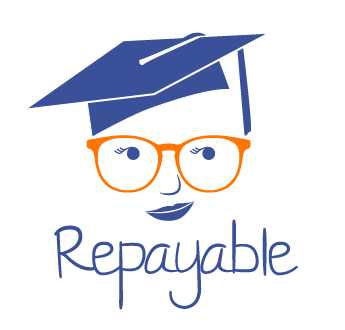Ask Jeni is brought to you in partnership with tuition.io, a company dedicated to helping the best companies free their employees from student loan debt.
I need help consolidating my student loans. How should I go about that?
Most borrowers have many individual student loans when they graduate because universities disperse aid multiple times per year (typically each semester) and there are multiple types of federal student loans (most commonly subsidized and unsubsidized). A borrower who went to four years of undergraduate college could have 16 separate loans. What a mess!
Why consolidate?
Simplification. A Direct Consolidation Loan simplifies a borrowers many federal student loans into one big student loan with one fixed interest rate.
Longer repayment term. Direct Consolidation Loans are eligible for a 30 year repayment term if they’re over $30,000
What consolidation doesn’t give you.
A lower interest rate. The interest rate on a Direct Consolidation Loan is the weighted average of the interest rates on your current student loans. If you’re looking to get a lower interest rate you will need to refinance.
Consolidation of private loans. A Direct Consolidation Loan is only an option for federal student loans, it can’t be used to consolidate private student loans.
What you may lose when you consolidate.
Interest rate discounts. You may lose interest rate discounts given to you after you made a specific number of on-time payments and from setting up automatic monthly payments.
Progress toward loan forgiveness. If your loan forgiveness program requires a certain number of payments to be made consolidating your loans can wipe out your progress. Let’s use Public Service Loan Forgiveness (PSLF) as an example. Let’s say a borrower has made 12 eligible monthly payments and decides to consolidate all their loans. They will have to start over making 120 payments.
Alternatives to Consolidation
If your goal is to simplify your loans and lower your interest rate than you will need to refinance. Refinancing is an option to consider if you have good to excellent credit and a good debt-to-income ratio. You can refinance both federal and private student loans and can choose which loans you want to refinance. When you refinance, all your individual loans are combined into one refinanced loan with one interest rate determined by your refinancing application. This option can reduce your interest rate but also comes with risks. All refinanced loans are now private and lose federal benefits including income-based repayment options and eligibility for loan forgiveness.
How to Consolidate
Submit an application through studentloans.gov. The application can be completed and submitted online or you can do it the old-fashioned way and mail it. After you’ve applied, the loan servicer you chose will be your new point of contact for anything consolidation-related. Be sure to continue making payments on your existing loans with your current servicer until you’re notified by your Consolidation loan servicer that your old loans have been paid off.


Recent Comments